A Comprehensive Guide to the Northern Goshawk
The Northern Goshawk is a powerful and agile raptor that commands respect in the avian world. Often described as the “phantom of the forest,” this bird of prey is a master hunter and a fascinating subject for both seasoned ornithologists and curious nature enthusiasts. This guide delves into the life history, behavior, and ecological role of the goshawk, offering insights into its evolution, hunting strategies, and conservation status.
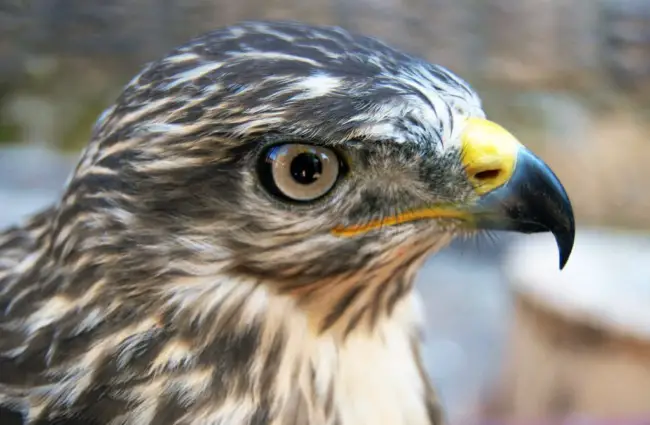
Habitat and Distribution
The Northern Goshawk occupies a broad geographic range that spans temperate and boreal forests across North America, Europe, and Asia. It prefers mature forests that contain a mix of coniferous and deciduous trees, which provide ample cover for nesting and hunting. Several subspecies exist, such as the American goshawk and the Eurasian goshawk. The species is usually found at sea level but can also nest in mountainous regions at considerable altitudes. Understanding these habitat preferences is crucial for conservation efforts and for anyone hoping to observe these birds in the wild.
Evolutionary History
The goshawk belongs to the family Accipitridae, which includes hawks, eagles, and kites. Fossil evidence shows that accipitrids first appeared during the Eocene epoch, roughly 56 to 34 million years ago. The Northern Goshawk itself likely evolved more recently, adapting to the specific ecological niches offered by temperate and boreal forests.
Its morphology—powerful talons, keen eyesight, and agile flight—reflects adaptations for capturing prey in dense woodland environments. Phylogenetic studies that use DNA analysis continue to refine our understanding of the goshawk’s evolutionary relationships within the Accipitridae family and reveal its connections to other raptor species.
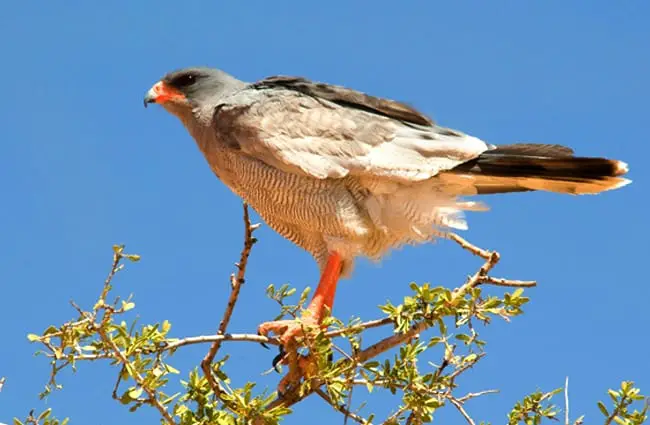
Diet and Hunting Strategies
The Northern Goshawk is a formidable predator whose diet consists primarily of mammals and birds. Common prey items include squirrels, rabbits, voles, jays, pigeons, and larger birds such as grouse and ducks. Its hunting strategy is often described as a surprise ambush. Goshawks excel at navigating dense forests at high speed, using trees and vegetation as cover.
They pursue prey through the forest understory with remarkable agility. The goshawk also employs a quartering technique, flying low over open areas while scanning for prey. When a target is spotted, the goshawk launches a swift and direct attack, seizing the prey with its powerful talons. Goshawks are opportunistic hunters; their diet can vary depending on prey availability and local conditions.
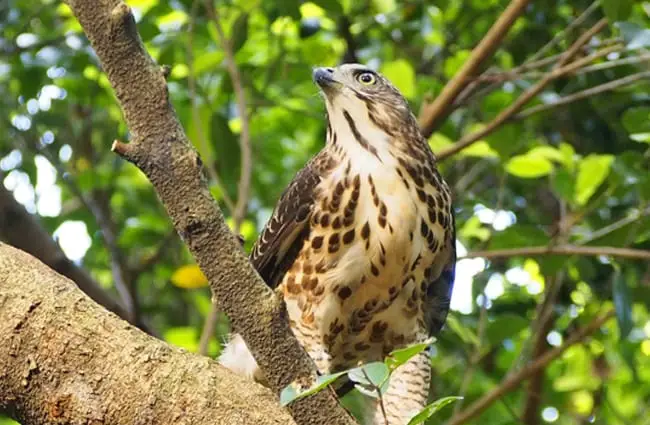
Mating and Reproduction
Northern Goshawks are typically monogamous, forming long term pair bonds that can last many years. The breeding season usually begins in early spring. Goshawks build large, bulky nests known as eyries, which are typically located high in the branches of mature trees. The nests are constructed from sticks, twigs, and lined with bark, moss, and other soft materials.
The female lays a clutch of two to four eggs, which are incubated for approximately thirty five to forty days. Both parents participate in incubation and chick rearing. Young goshawks, known as fledglings, leave the nest after about forty to fifty days but remain dependent on their parents for several more weeks while they learn essential hunting skills. The success rate of breeding pairs can vary depending on food availability and predation pressure.
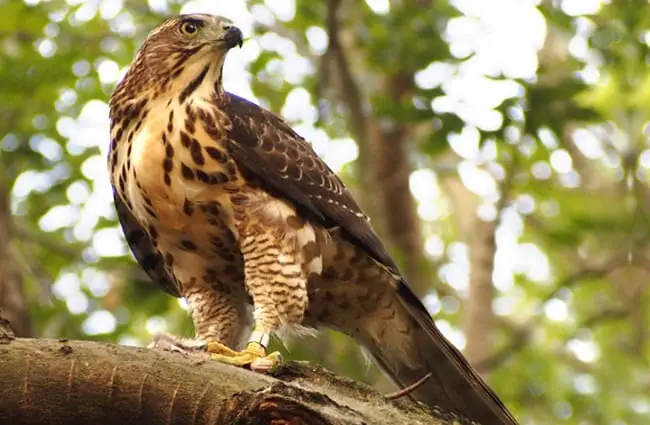
Ecological Role and Interactions
As a top mid level predator, the Northern Goshawk plays a vital role in regulating prey populations within forest ecosystems. By controlling numbers of rodents, squirrels, and other small mammals, it helps maintain the health and balance of these ecosystems. Goshawks also influence the behavior and distribution of prey species, promoting biodiversity.
They interact with other raptors, such as owls and falcons, and sometimes compete for resources. Goshawks are vulnerable to predation from larger birds of prey and mammals, especially when they are young or nesting. The presence of goshawks can indicate a healthy and intact forest ecosystem. Their sensitivity to habitat disturbance makes them valuable indicators of environmental quality.
Goshawks and Human Interaction
Historically, Northern Goshawks were used in falconry, particularly in Europe and Asia. Their intelligence, agility, and hunting prowess made them prized birds for this ancient art, although their strong personalities and independent nature required experienced falconers.
Today, the biggest threats to goshawk populations are habitat loss and fragmentation, as well as human disturbance during the breeding season. Forest management practices such as clear cutting can significantly impact goshawk habitat. Conservation efforts focus on protecting and restoring mature forests, minimizing disturbance near nesting sites, and promoting sustainable forestry practices.
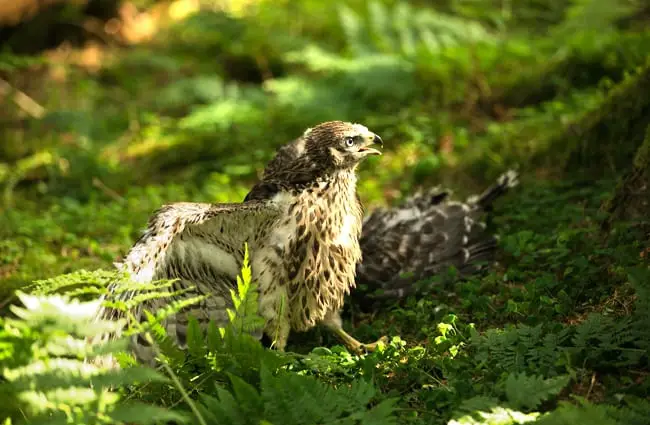
Interesting Facts
- Goshawks are known for their distinctive “kek-kek-kek” call, used for territorial defense and communication.
- They have exceptional eyesight, capable of spotting prey from considerable distances.
- Goshawks can fly at speeds exceeding sixty miles per hour during pursuit.
- Juvenile goshawks have streaked plumage, which helps them blend into the forest understory.
- They are fiercely protective of their nests and will aggressively defend their young.
- Goshawks are highly intelligent and adaptable, capable of learning and modifying their hunting strategies.
- The lifespan of a wild goshawk is typically ten to fifteen years, although some individuals may live longer.
The Northern Goshawk remains an awe inspiring symbol of wildness and ecological integrity. By understanding its life history, behavior, and ecological role, we can better appreciate this magnificent raptor and ensure its survival for generations to come.

![Red Angus Closeup of a beautiful Red Angus cowPhoto by: U.S. Department of Agriculture [pubic domain]https://creativecommons.org/licenses/by/2.0/](https://animals.net/wp-content/uploads/2020/03/Red-Angus-4-238x178.jpg)

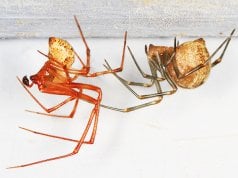


![Red Angus Closeup of a beautiful Red Angus cowPhoto by: U.S. Department of Agriculture [pubic domain]https://creativecommons.org/licenses/by/2.0/](https://animals.net/wp-content/uploads/2020/03/Red-Angus-4-100x75.jpg)

